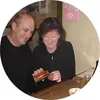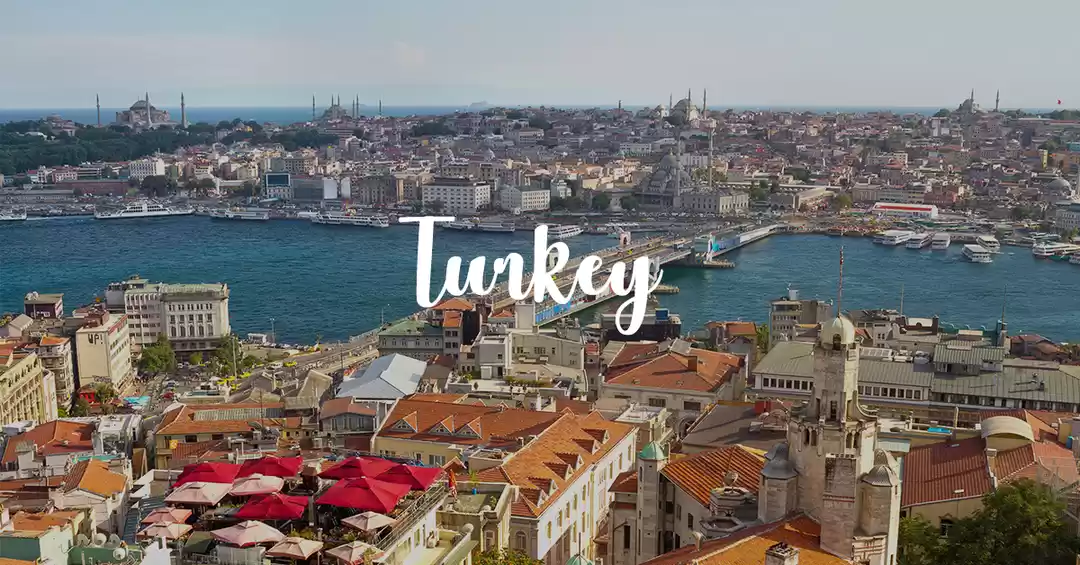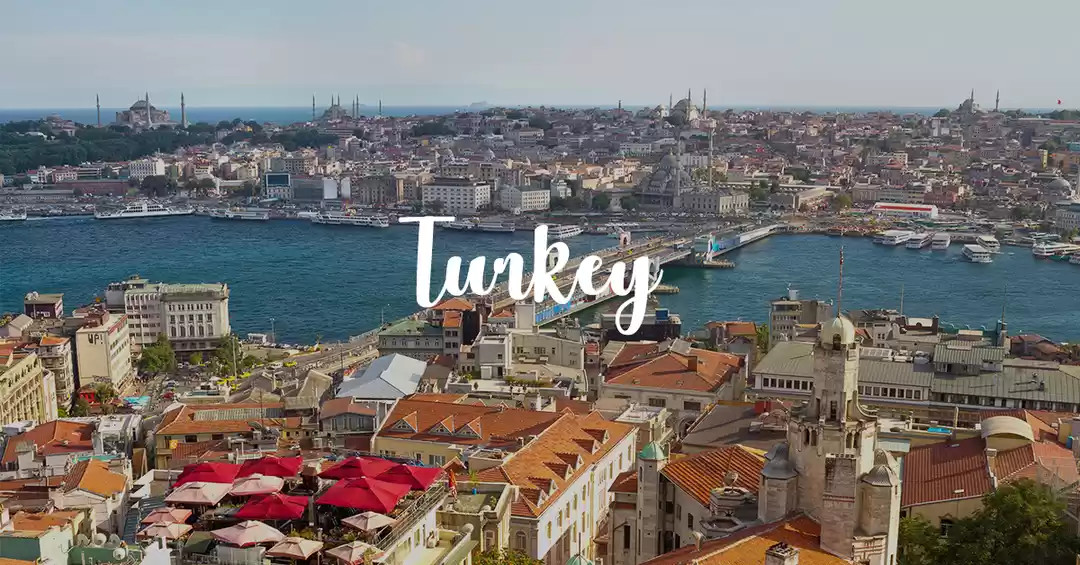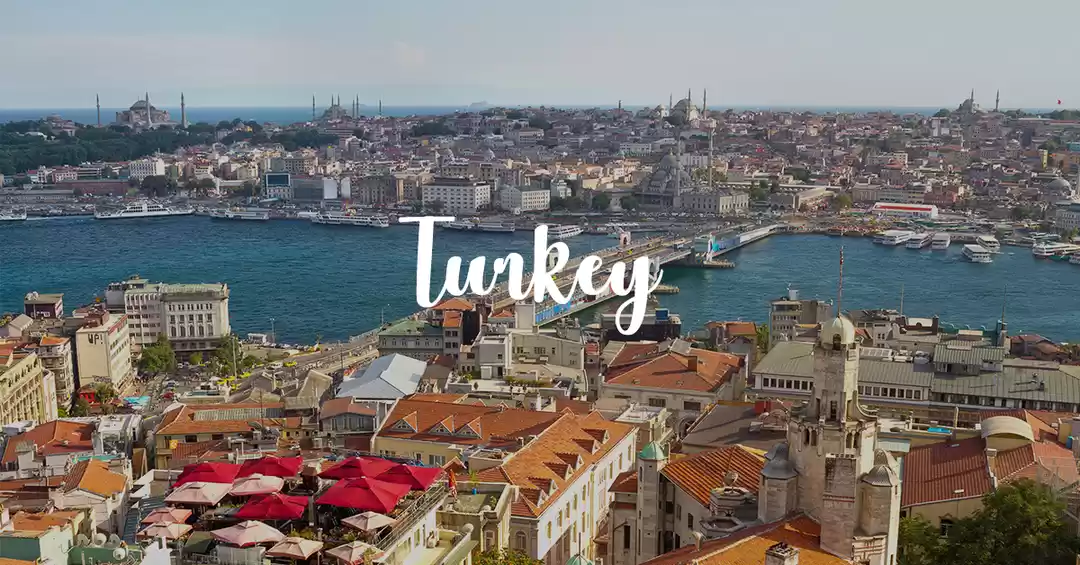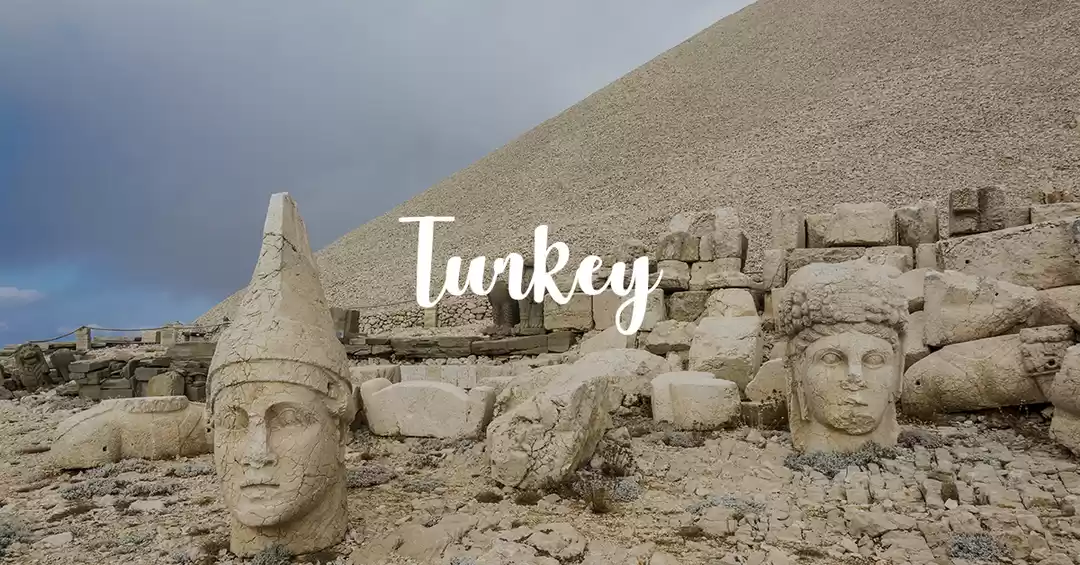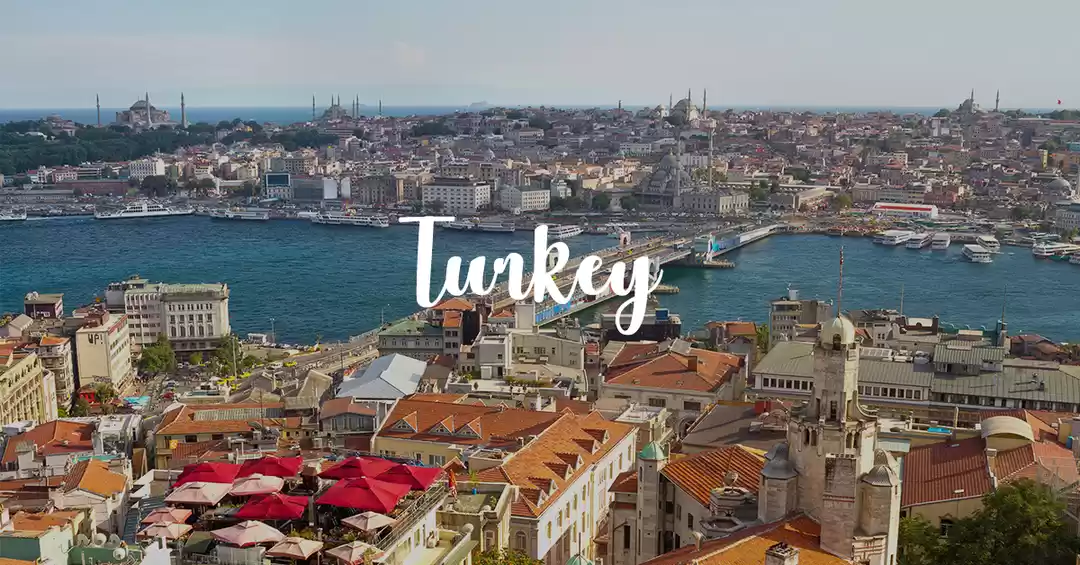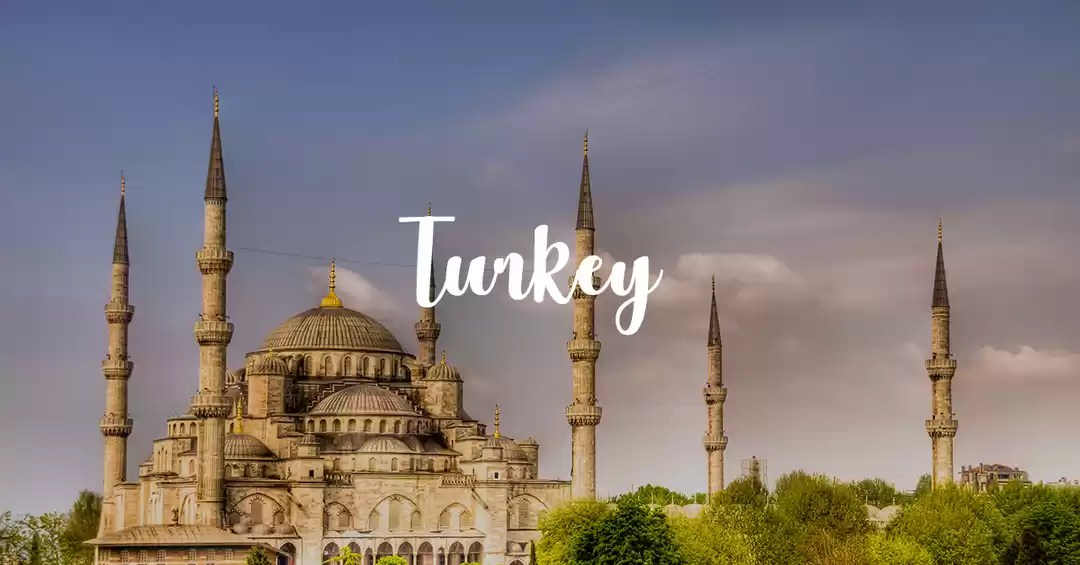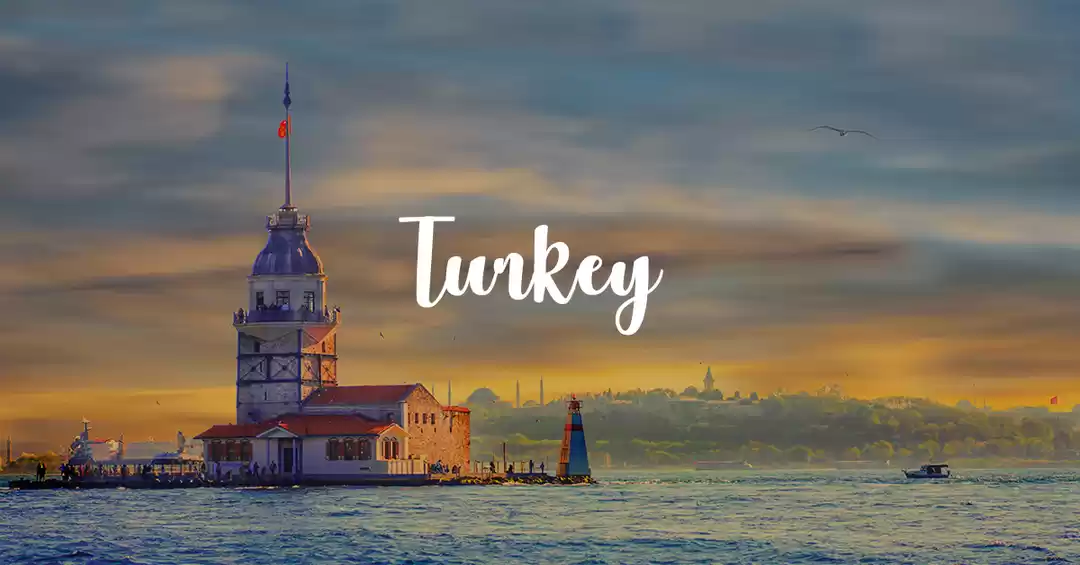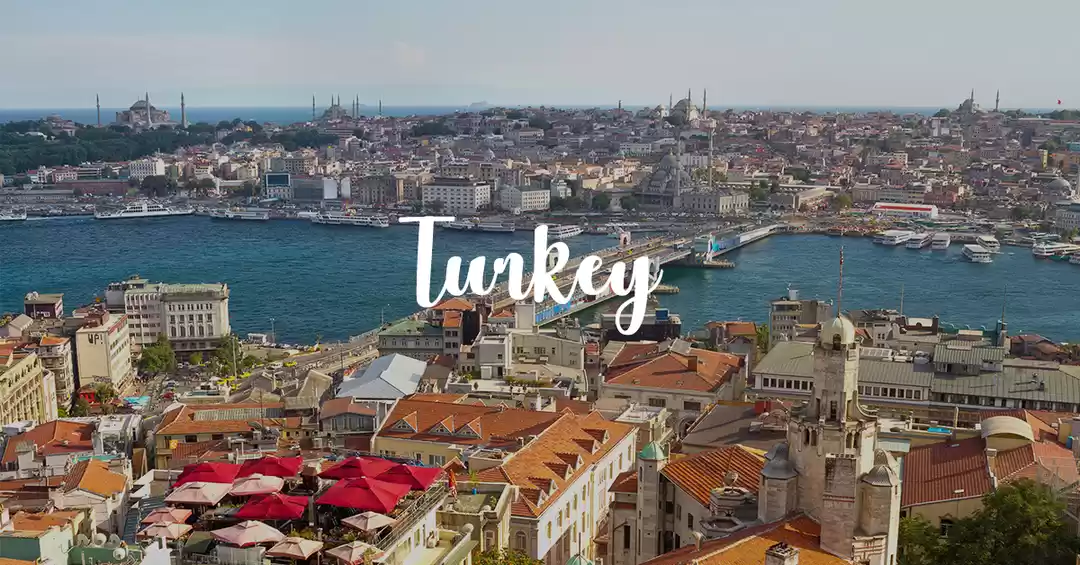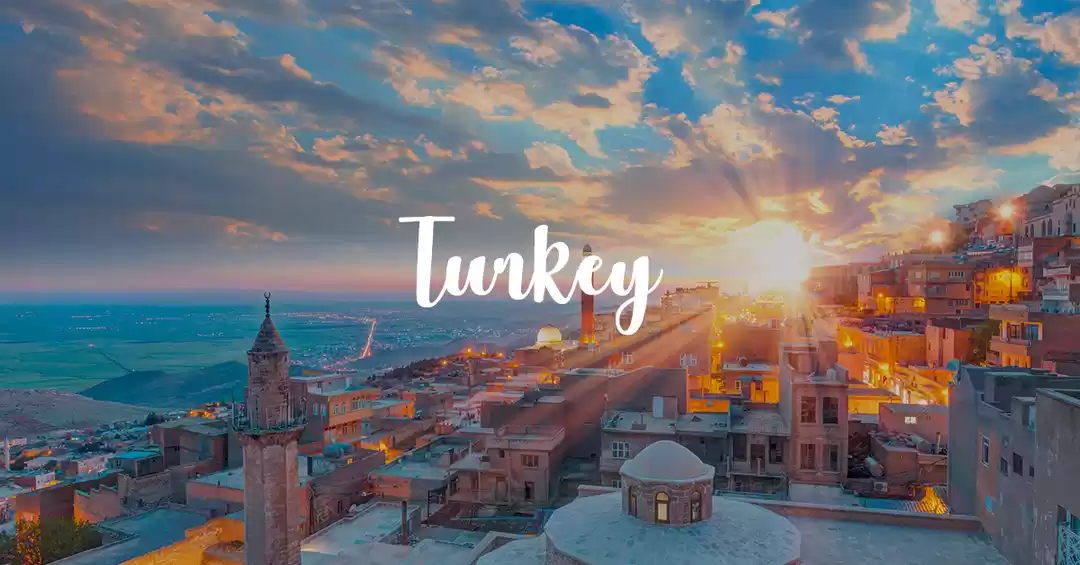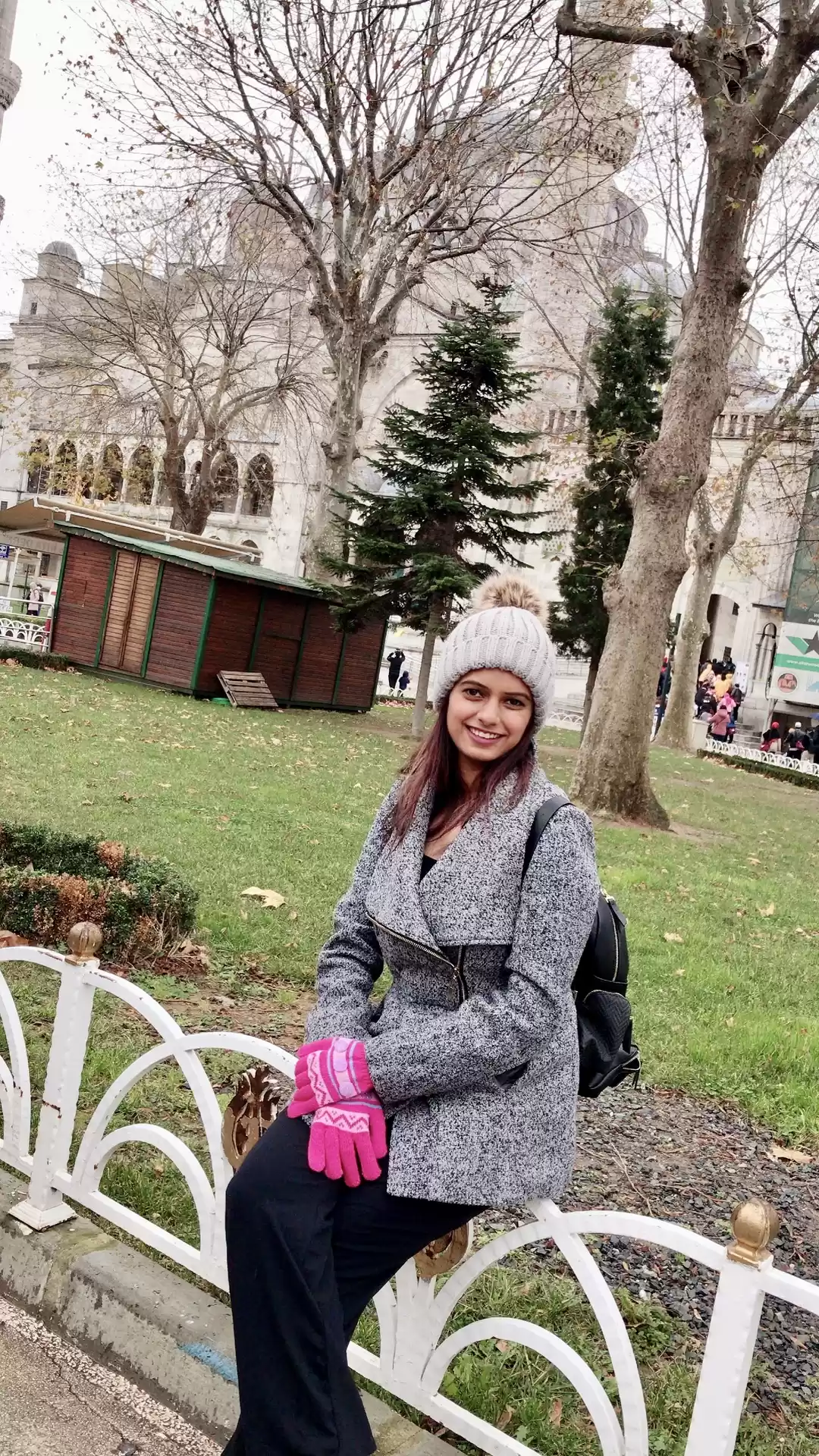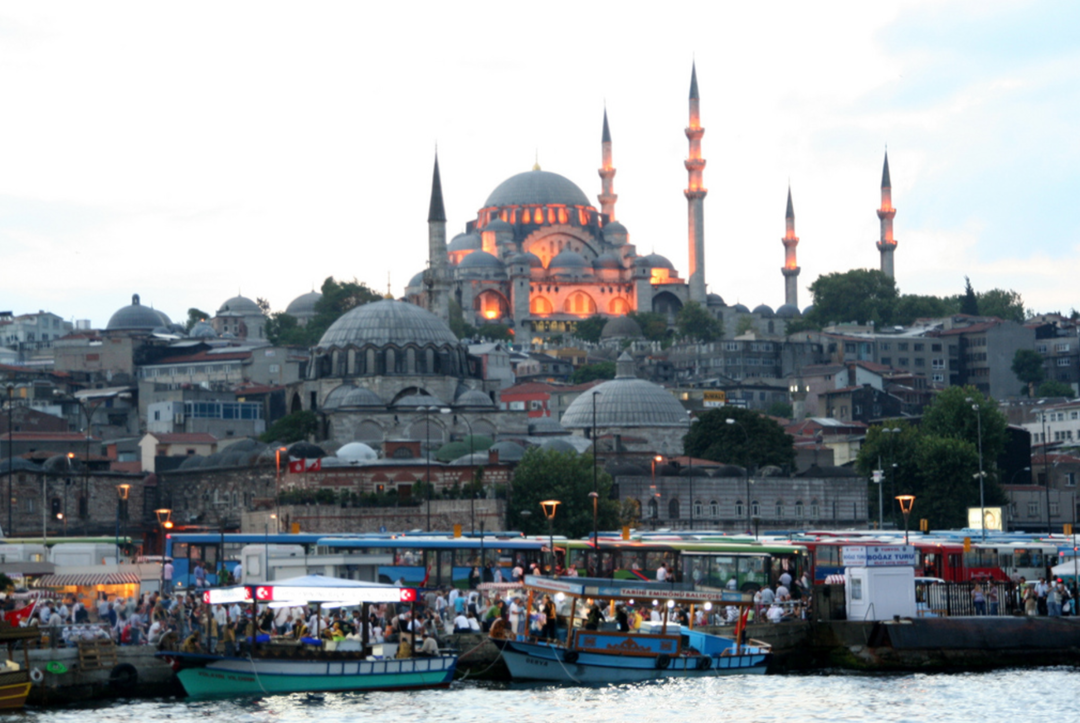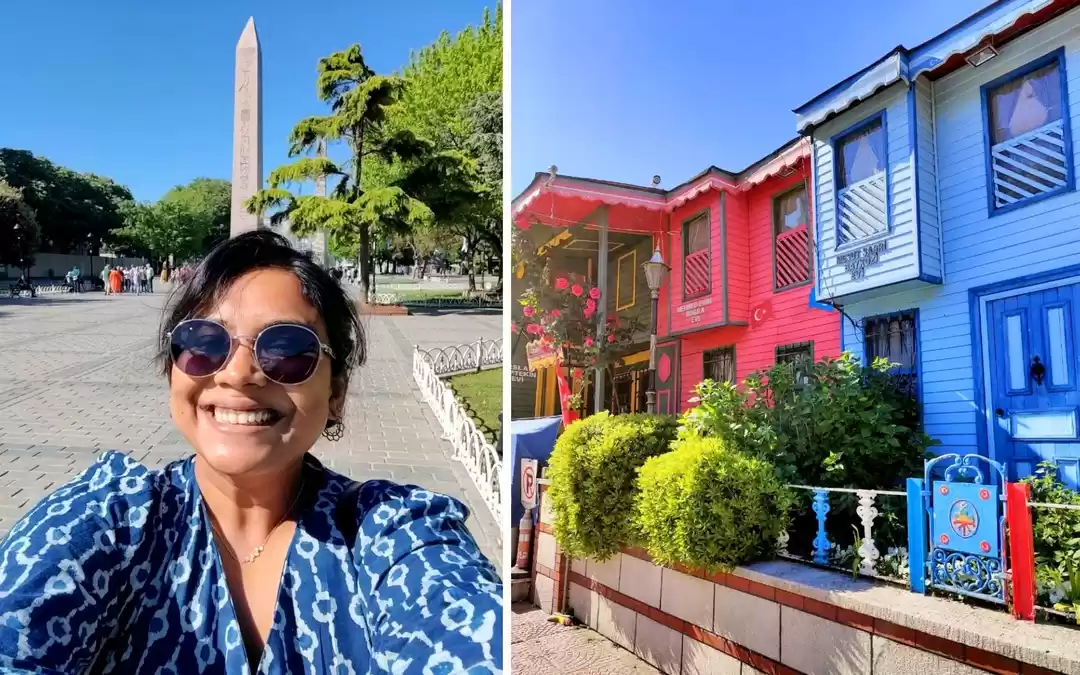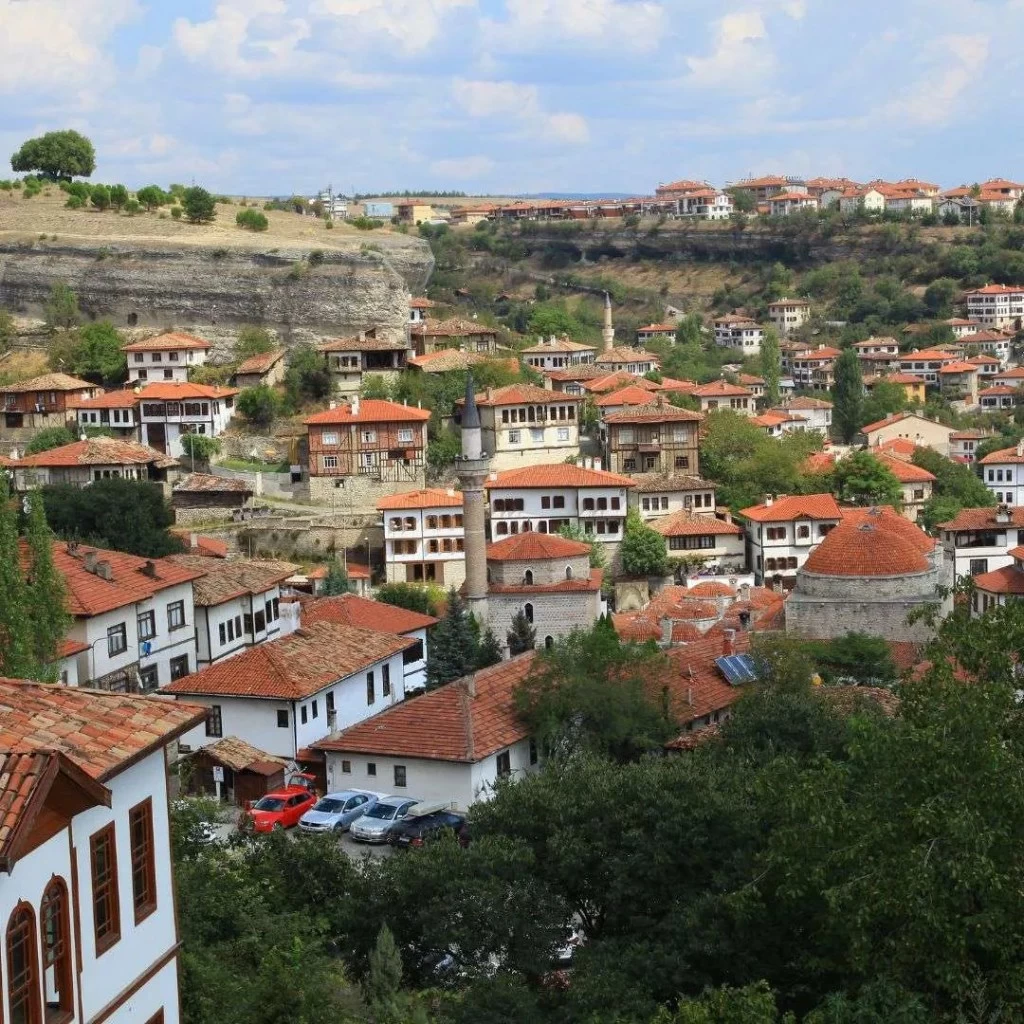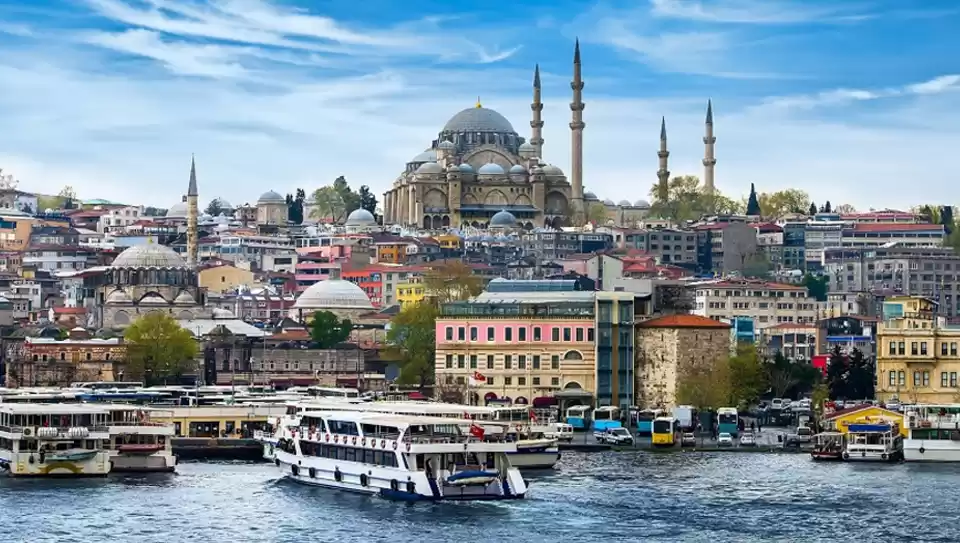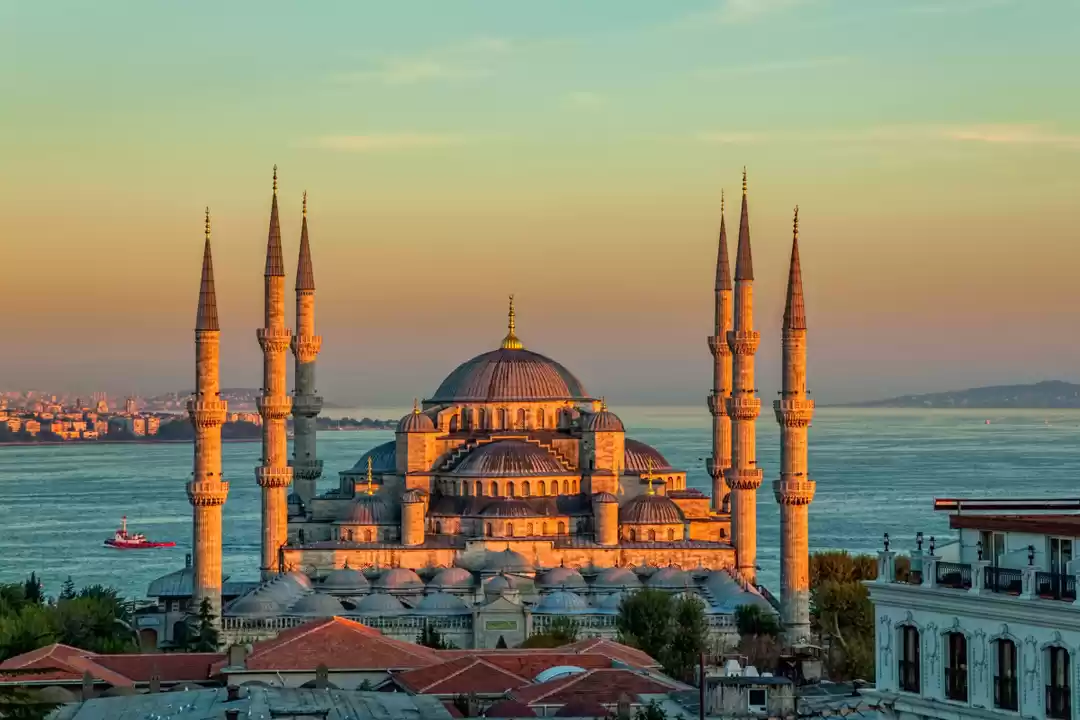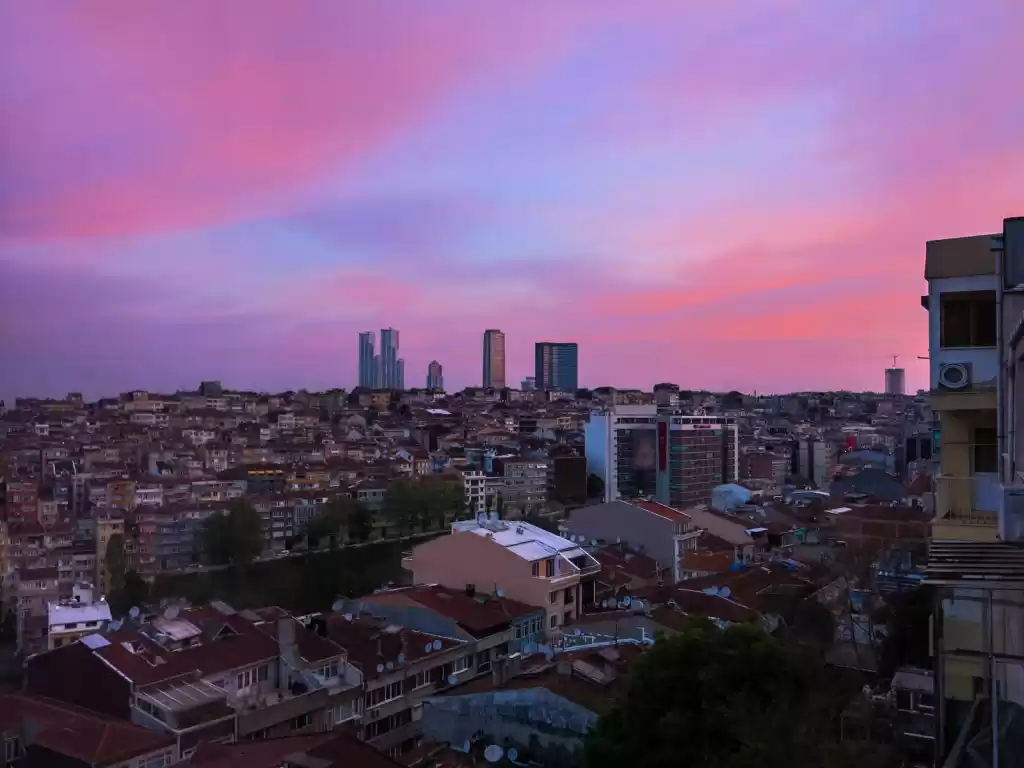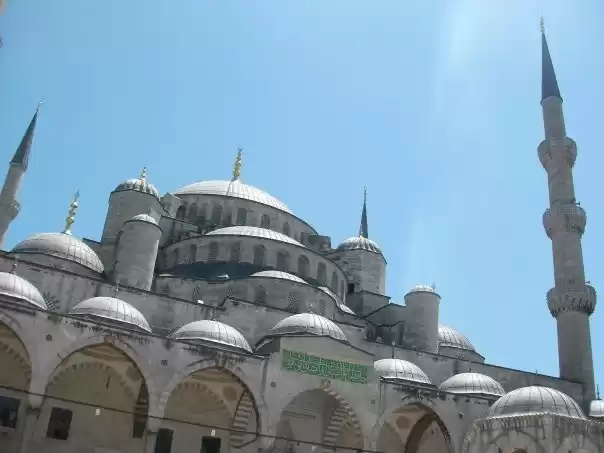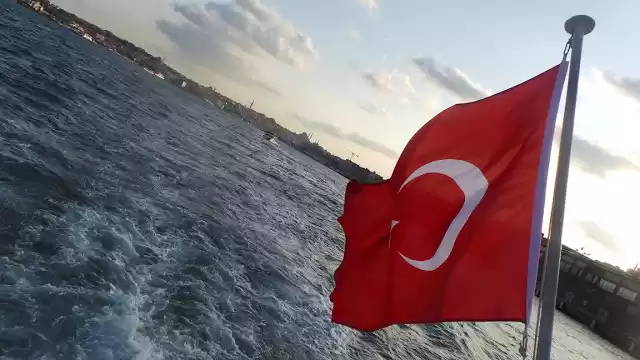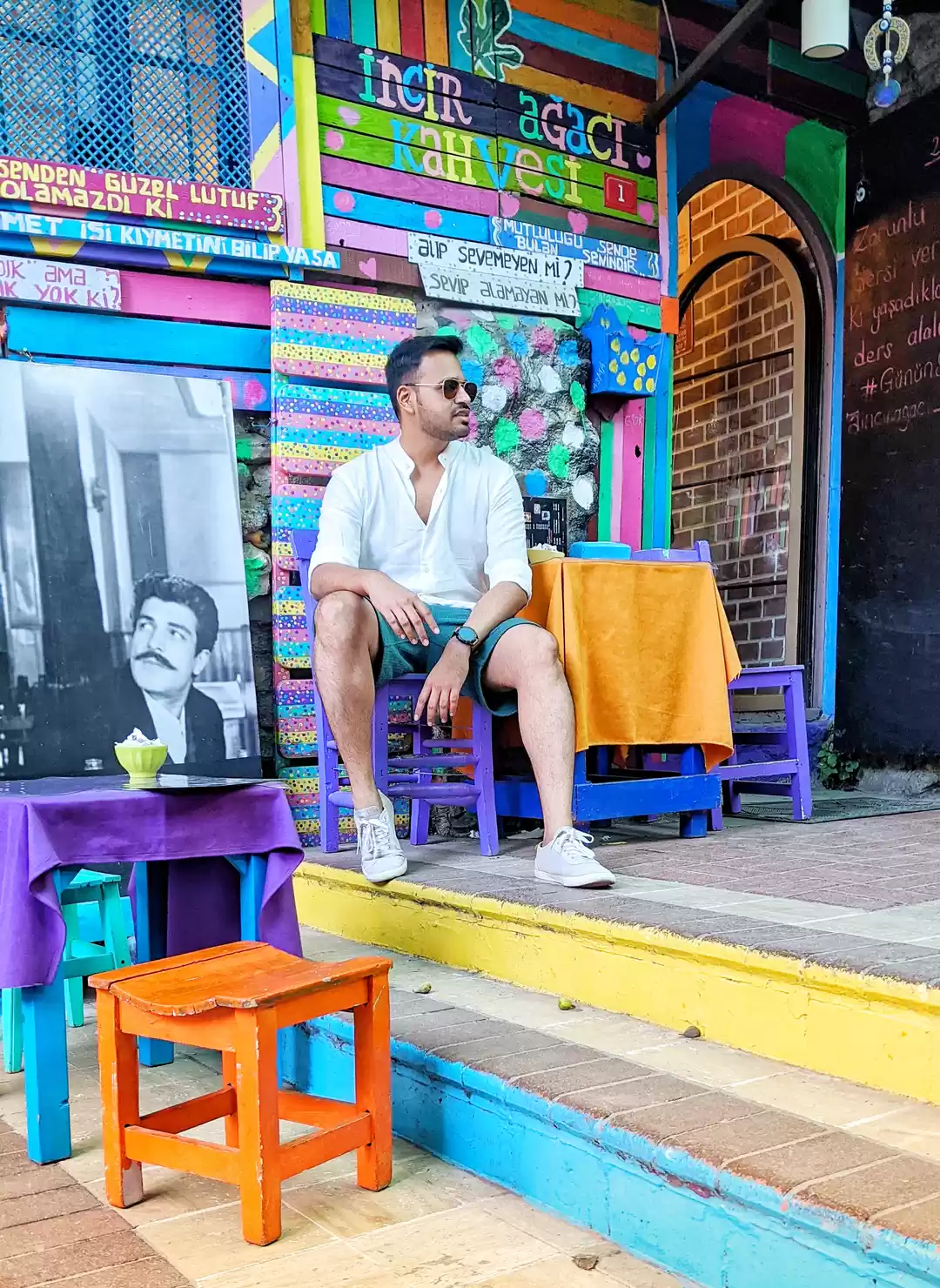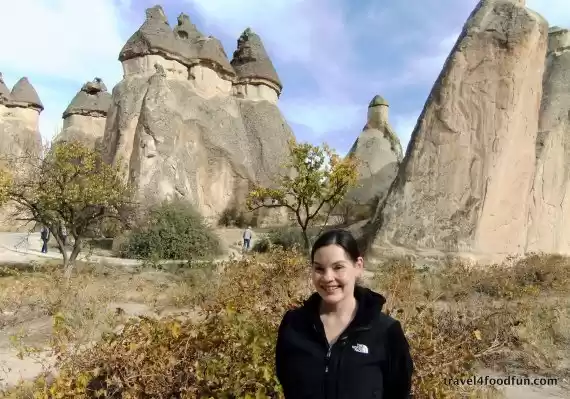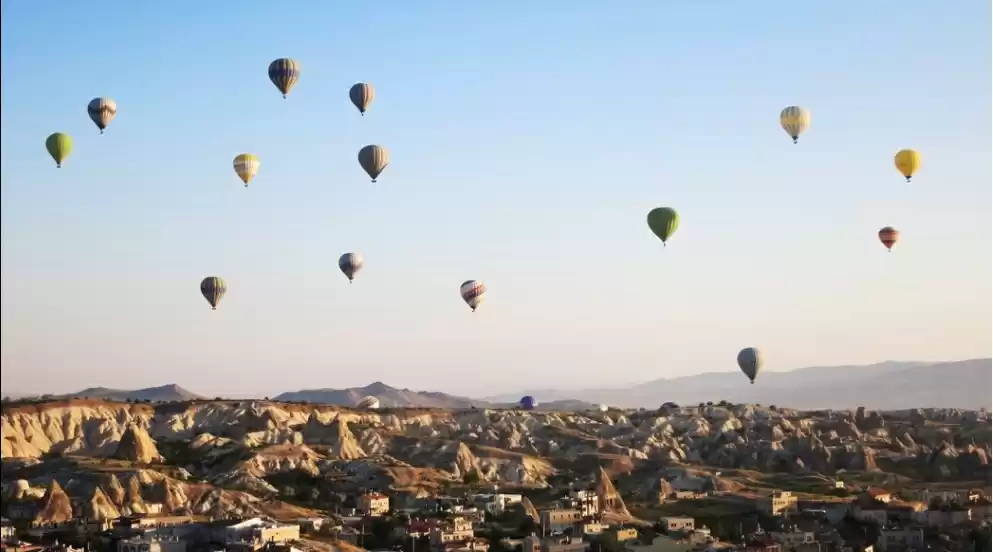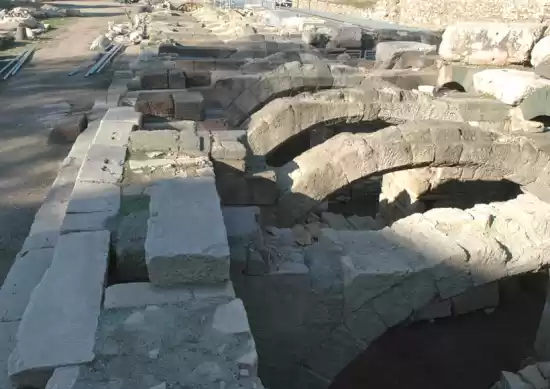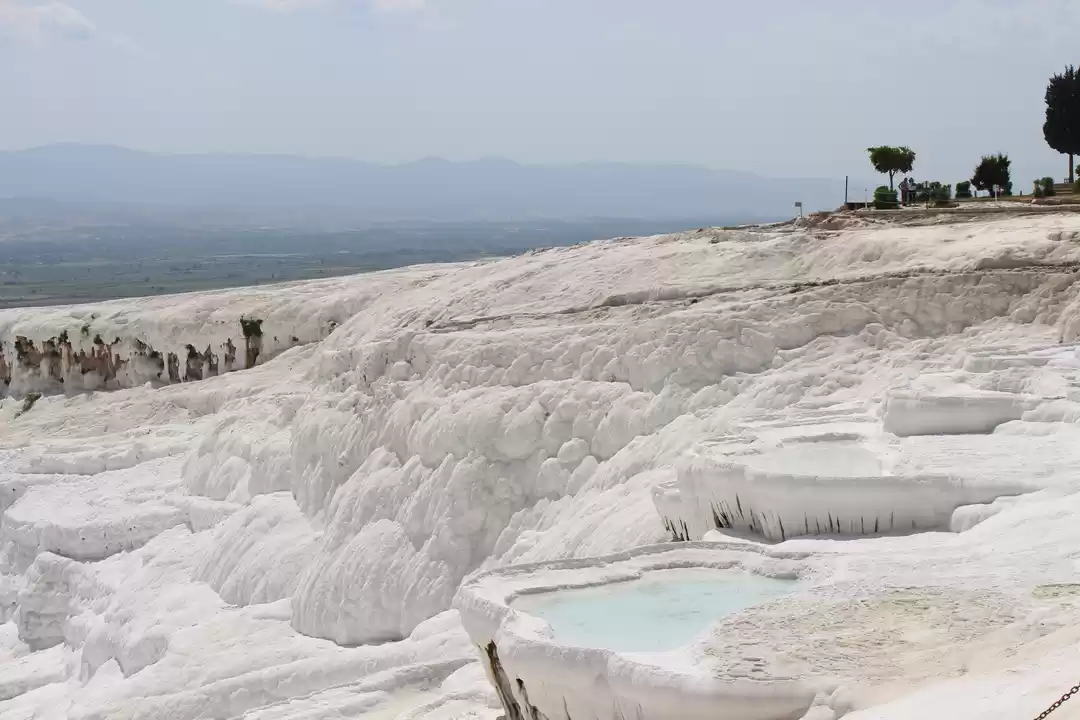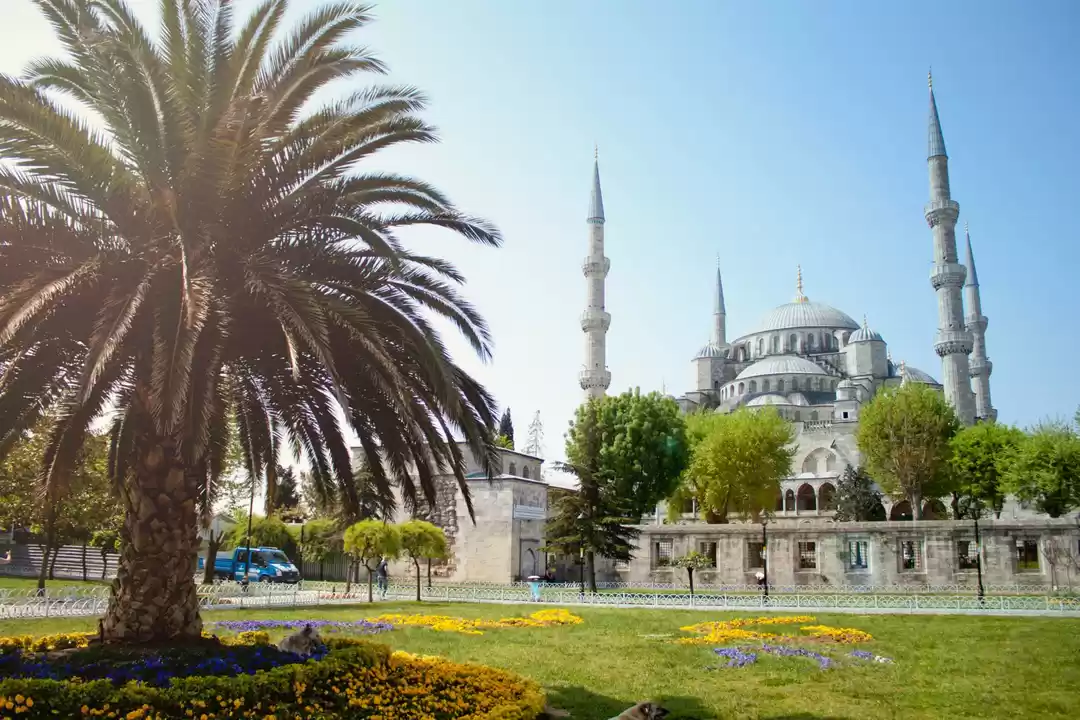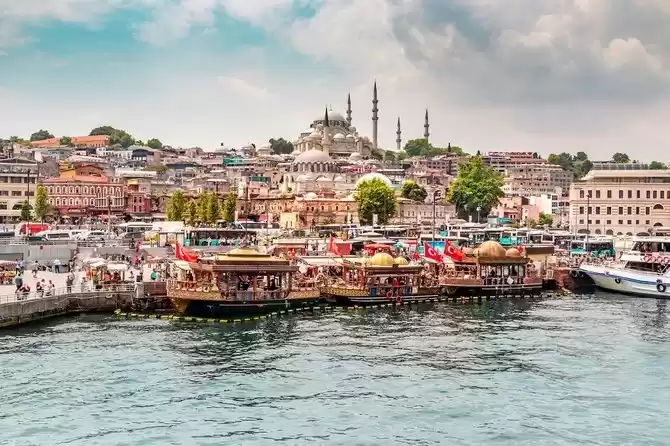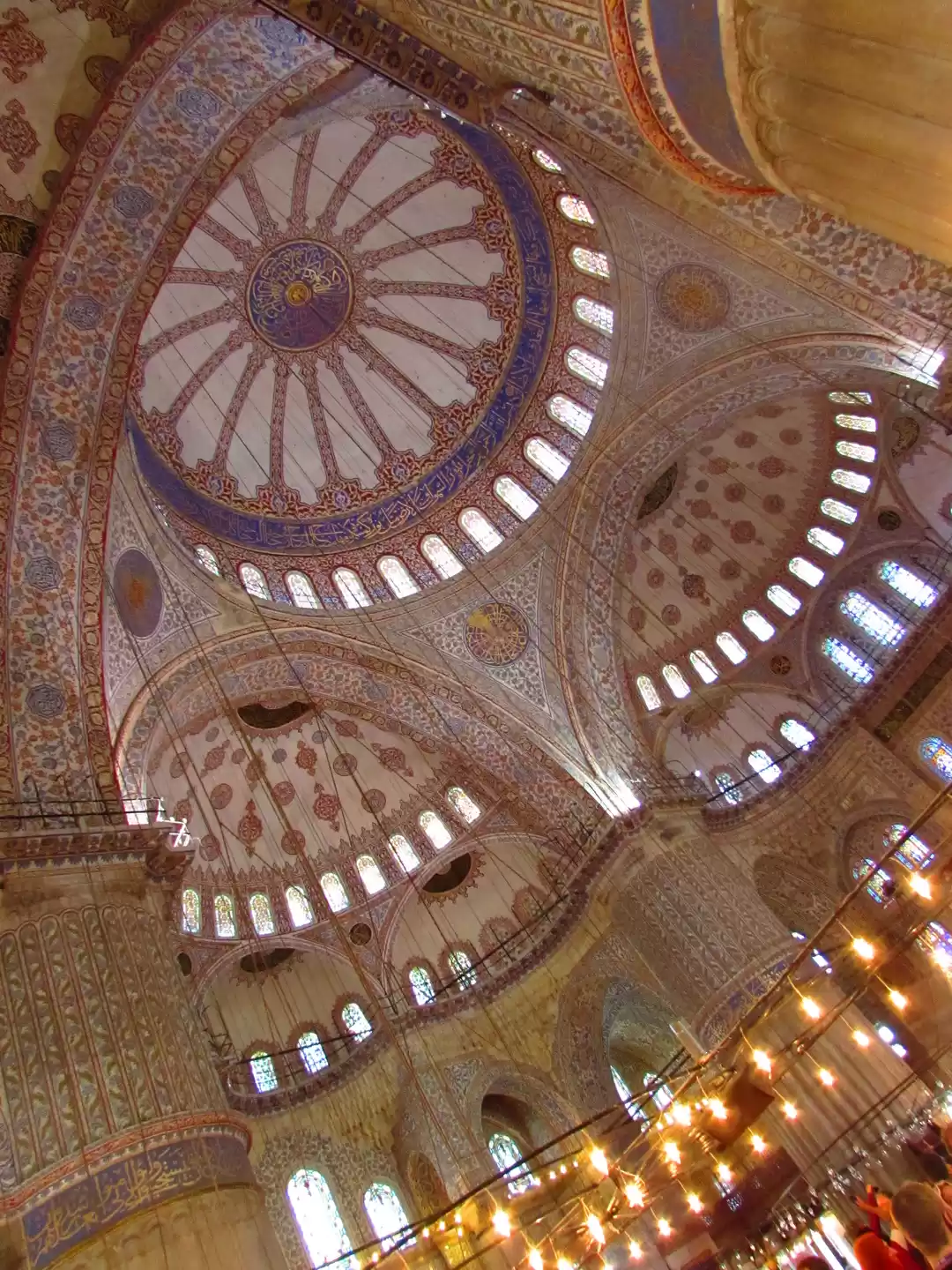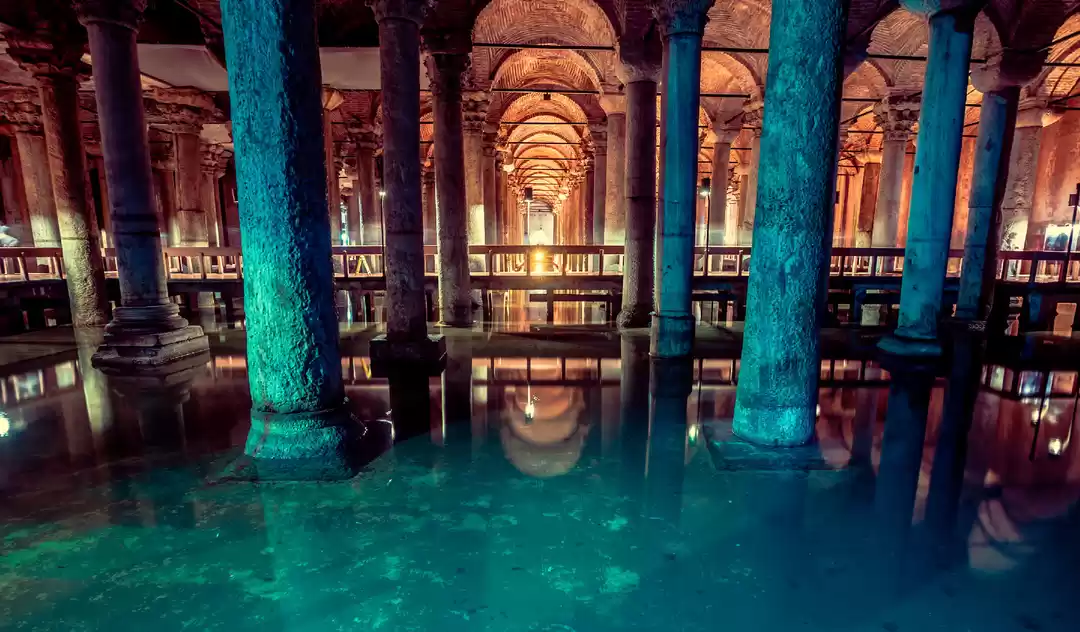




The ruins of Ephesus lie outside the village of Selcuk, a really lovely little town not overrun by tourists as many come on buses or guided tours to Ephesus and don’t get to see this really traditional slice of west coast Turkish life. We really liked its lay back and easy going approach.
However Ephesus was a quandary. A jigsaw that has not been put together correctly is the analogy that springs to mind.
As an ancient history teacher I wanted to see Ephesus. Ephesus was a very important port city of ancient Greece, which later became a Roman city. It was a significant commercial and trading centre, with many pilgrims also coming to the Temple of Artemis to worship. Ephesus had a considerable population and wealth associated with its position on the Mediterranean. The temple was said to be absolutely magnificent measuring 425 feet long by 225 feet wide with 127, 60 foot columns. Nowadays there is only one small piece of column that remains of this highly significant and mystical site. The many breasted lady is identified with the Temple of Artemis, or Diana in Roman mythology, often associated with hunting, the moon and fertility.
The Temple of Artemis was one of the seven wonders of the ancient world. Through various occupations the Temple of Artemis still remained highly significant to all inhabitants and visitors. In 268AD the raiding Goths destroyed the temple and despite being rebuilt in a fashion, it is believed that an earthquake in 614AD further ruined it.
To add insult to injury the build up of silt blocked the port entrance putting an end to its trading stronghold. It was easily replaced by other port cities on the same trading route. Easy come, easy go. 82% of the site of Ephesus is yet to be uncovered so there is still a lot to be learnt about the significance of this site. When the Romans took over Ephesus over 2000 years ago, they built many aquaducts to carry water from the nearby hills to Ephesus. These still remain in a form today, and you can often see storks sitting on their nests on top of them, making use of them.
In reconstructing Ephesus, they re-used some of the blocks from earlier versions of the Temple of Artemis and other buildings but in a most haphazard way, much like a jigsaw where you make the pieces fit – even if they don’t. So, the aquaduct crossing the center of the town of Selcuk contains some blocks with carved writing, sometimes sideways or upside down as the blocks were put to use however they best fit. This is very obvious when viewing the site. Reconstructed columns contain some Ionic, with a section of Doric and occasionally a part of a Corinthian column, all in one. Not right. A lot like the checkered history of Ephesus, so it appears is the reconstruction of it.
Frequent Searches Leading To This Page:-
things to do in turkey for couples, adventurous things to do in turkey, turkey family adventure holidays, 5 offbeat things to do in turkey, things to do in turkey for couples, food not to miss in turkey, what is famous in turkey, places to visit in turkey Istanbul, top turkey tour packages with price

